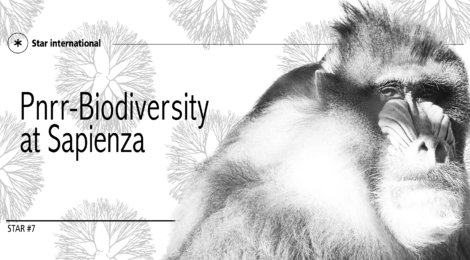
Pnrr- Biodiversity at Sapienza
On 27 February, in the Aula Organi Collegiali of the Sapienza University of Rome, the thematic lines of the participants for Sapienza of the National Biodiversity Future Center – CN5 Pnrr were presented. The meeting was attended by: Isabella Saggio, co-coordinator, together with Telmo Pievani of spoke 7, which deals with the outreaching activities on the biodiversity themes; Carlo Rondinini, the scientific referent for Sapienza of spoke 4, who deals with terrestrial biodiversity and Giulia Capotorti scientific referent for Sapienza of spoke 5 who deals with urban biodiversity. The meeting was moderated by the journalist, science communicator, and TV and radio presenter Silvia Bencivelli.
The European Union has invested 750 billion euros in the NextGeneration European Recovery Plan to tackle the crisis after the Covid-19 pandemic. Italy received 220 billion euros from this investment to implement the National Recovery and Resilience Plan (Pnrr). The “from research to business” component of mission 4 “, education and research”, of this Italian investment supported the creation of 5 national research centres with an investment of 1.6 billion euros. The centres comprise universities, public or private entities, and companies collaborating on research activities in a Hub-type structure – management and coordination – and spokes – research. The investment for each centre is approximately 300 million euros. 55 universities, 24 public and private research entities, and 65 companies are involved. Sapienza is engaged in the projects of all five national centres. In the context of the National Centre 5 – National Biodiversity Future Center, Sapienza participates in outreach, terrestrial biodiversity, and urban biodiversity projects.
“The National Biodiversity Future Center – explains Isabella Saggio, principal investigator and co-coordinator with Telmo Pievani of CN5-spoke 7 – is a national network that includes many institutions and 1300 researchers with common goals summarised in two main objectives. The first is understanding and addressing the drivers of land, marine, and urban biodiversity decline. The second is to enhance the concept of biodiversity to make it a crucial element for sustainable development”.
The centre is organised into 8 national spokes. Two deal with urban biodiversity, two with terrestrial biodiversity, two with marine biodiversity, and finally, spokes 7 and 8 mediate and promote the activities of the last spokes. Sapienza is involved in spokes 4, 5, and 7.
Spoke 4, of which Carlo Rondinini is the scientific referent for Sapienza, deals with terrestrial biodiversity. Sapienza participates in two of the activities of spoke 4, #4.3 and #4.4, which focus on the conservation of biodiversity.
“Activity 4.3 – explains Carlo Rondinini – has two objectives. The first is to develop methods and tools to safeguard genetic biodiversity at the intraspecific level. The second is to develop models for the study of terrestrial biodiversity, not only at an intraspecific level but at a broader level of diversity”. Activity 4.3 deals with biodiversity change and anthropogenic pressures at different scales. Sapienza coordinates activity 4.4, which concerns protected areas and conservation scenarios. The work aligns with the European biodiversity strategy and with the objectives of the Montreal Convention, which aims to expand protected areas by 30% by 2030.
“Activity 4.4 – continues Carlo Rondinini – is divided into three blocks that interact with each other. The first aims to identify scenarios for expanding protected areas, including the Natura 2000 network, by 2030 and place 10% of sites with more stringent protection. The second of the three tasks focuses on the identification of management strategies. In particular, a comparative analysis of the management effectiveness of protected areas and a long-term study of changes in biodiversity. The third task is oriented to managing protected areas and the experimental evaluation of the most effective strategies for preserving biodiversity “.
Spoke 5 deals with issues concerning urban biodiversity and included four main activities. The first is linked to basic knowledge. The second is related to integrated planning and active interventions to bring biodiversity back to the city. The other two activities are linked to evaluating the effects of the redevelopment interventions and monitoring, restoration, and sustainable management of these interventions.
“The Sapienza interdisciplinary group is composed of 4 active departments, 16 professors with their respective research teams, 3 expert consultants, and newly recruited researchers”, explains Giulia Capotorti. The spoke 5 group also has external collaborations with the environment ministry, the Italian Ministry of Agriculture, the Italian army corps, the National Institute of Statistics, and national scientific societies but also with ARPA [Agenzia regionale per la protezione ambientale] and with the the local administrations.
“Specifically – continues Giulia Capotorti – we will deal with the characterisation of urban ecosystems present in Italy, with indicating the best models for urban administration, with studying physiological aspects and mechanisms of resistance of plants to urban environments. We will also deal with analysing invasive alien plant species, creating models of integrated urban forestation, and studying the functional aspects linked to animal biodiversity”.
“The general idea of spoke 5 – concludes Giulia Capotorti – is to fill the concept of urban sustainability with scientific content. We invest in knowledge precisely to give substance to the idea of being able to bring nature back into our lives and especially into our cities”.
Spoke 7 instead deals with biodiversity and society and is coordinated by Isabella Saggio of Sapienza University of Rome and Telmo Pievani of the University of Padua.
“We have imagined – explains Saggio – communication, training, contacts with the public administration and the economic and industrial world and promoting museum activity. We want to deal with biodiversity connected to global health, which is part of the one health theme”. Spoke 7 Sapienza has negotiated an investment of around 4 million euros which the university will distribute through internal tenders to researchers. “We have tried to think in transversal terms and to involve different departments. We have not only biologists but also philosophers, clinicians psychiatrists. A new way of thinking unusual for the university is a great growth opportunity, “ says Isabella Saggio. Among the activities envisaged by Sapienza spoke 7, there is the Biodiversity National Exhibition, the “One Health Analyst” Master, which will be built on topics close to the relationship between man and the planet, and the project of exhibition space at the Roman civic museum.
The projects will end in 2027, but the goal is that all these activities carried out in recent years will be the legacy for the future of Italy and Europe.
by Sofia Gaudioso biologist and science communicator




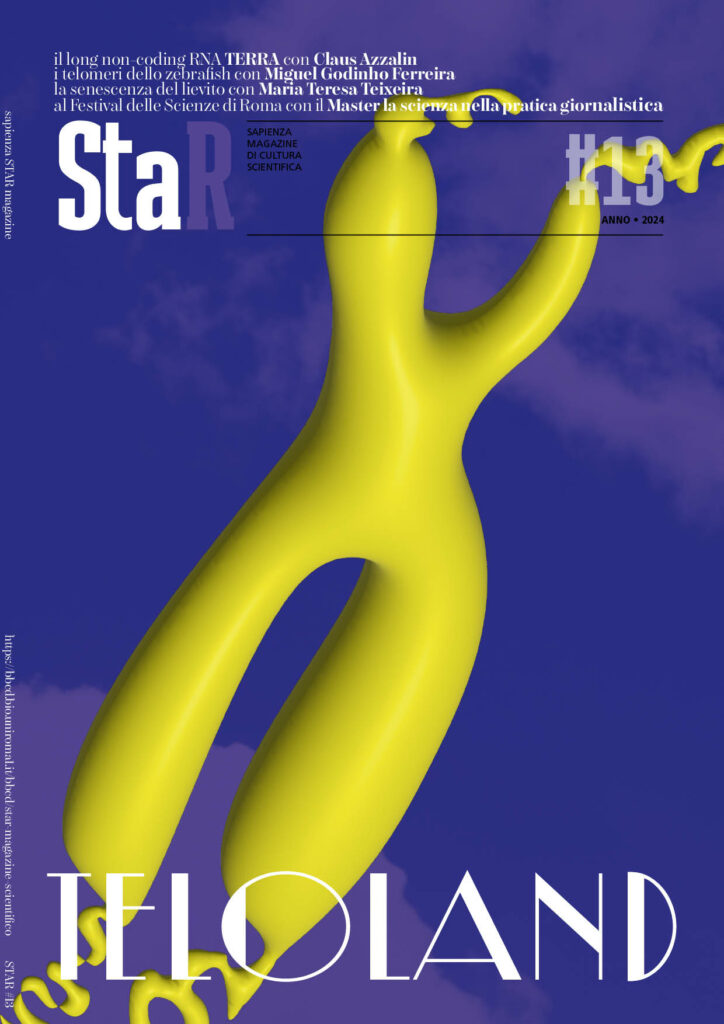



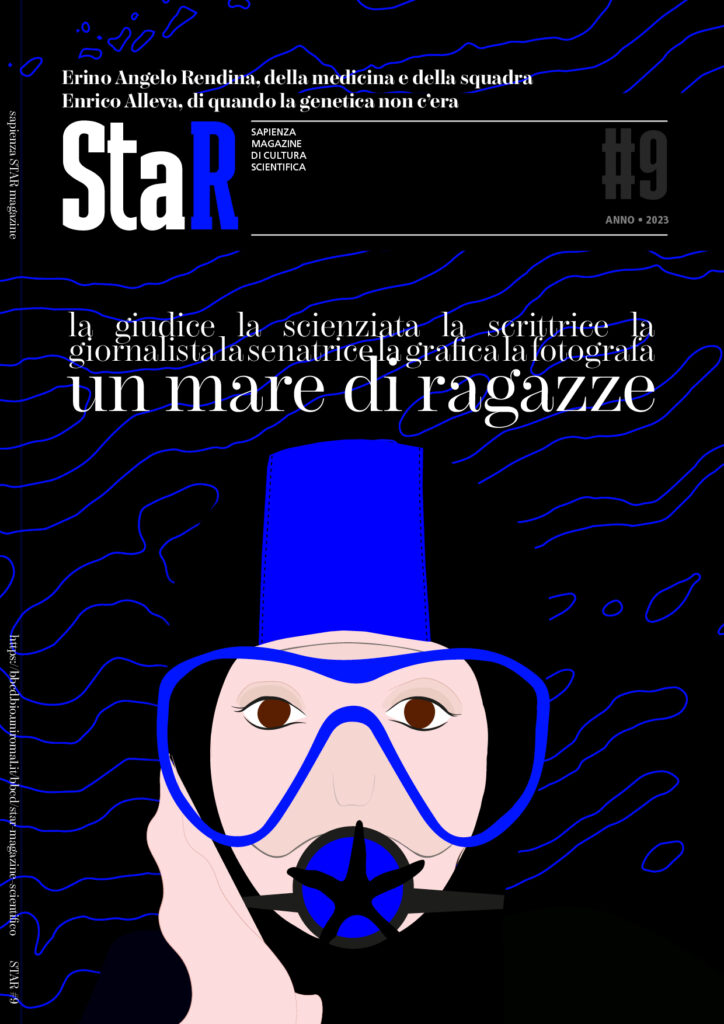
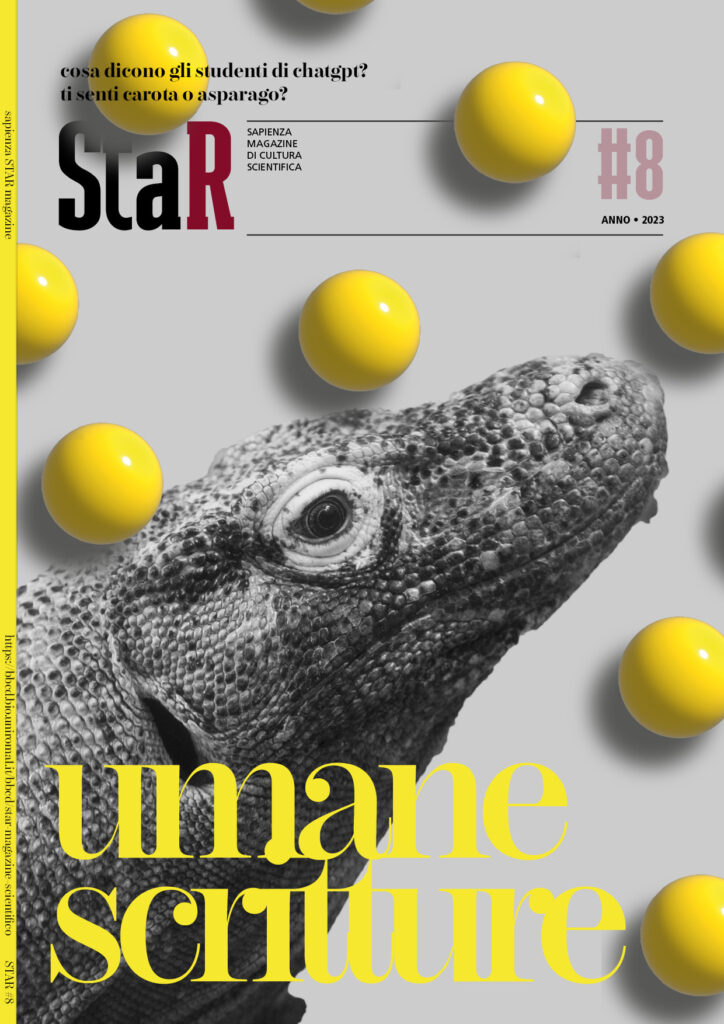
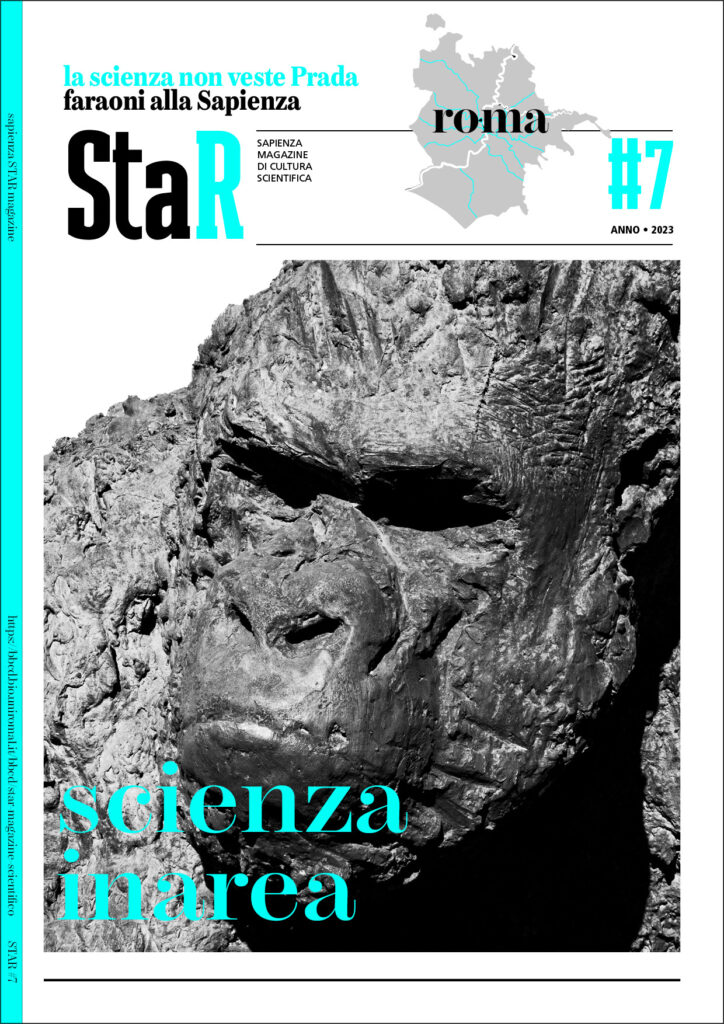

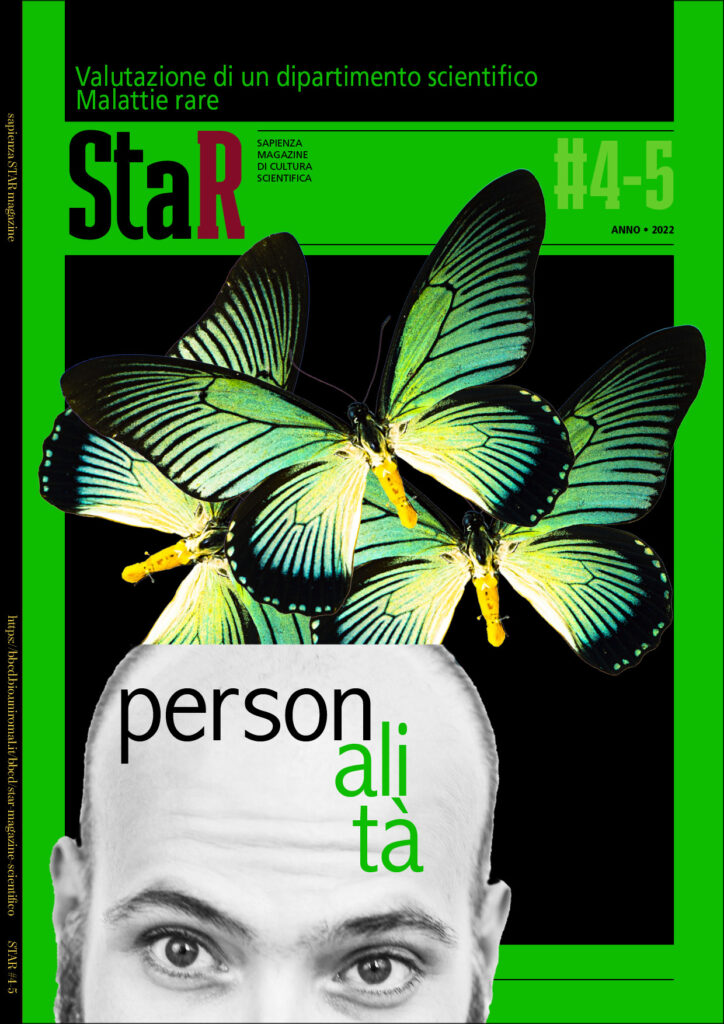

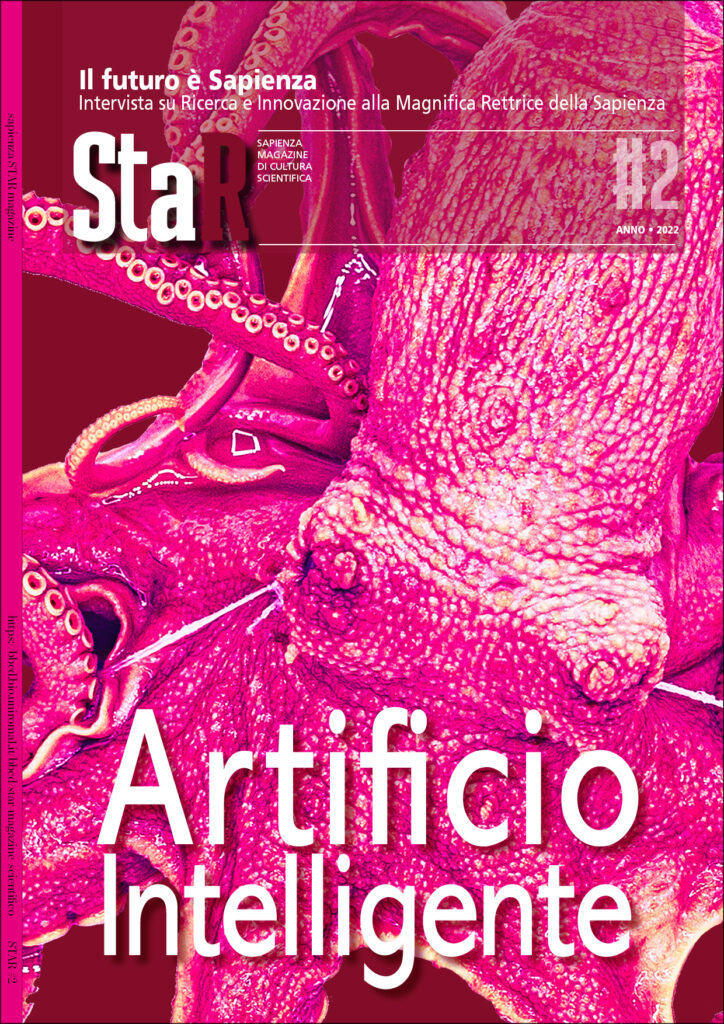

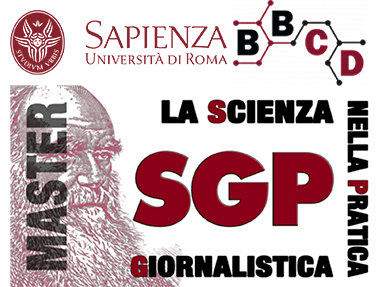
Commenti recenti